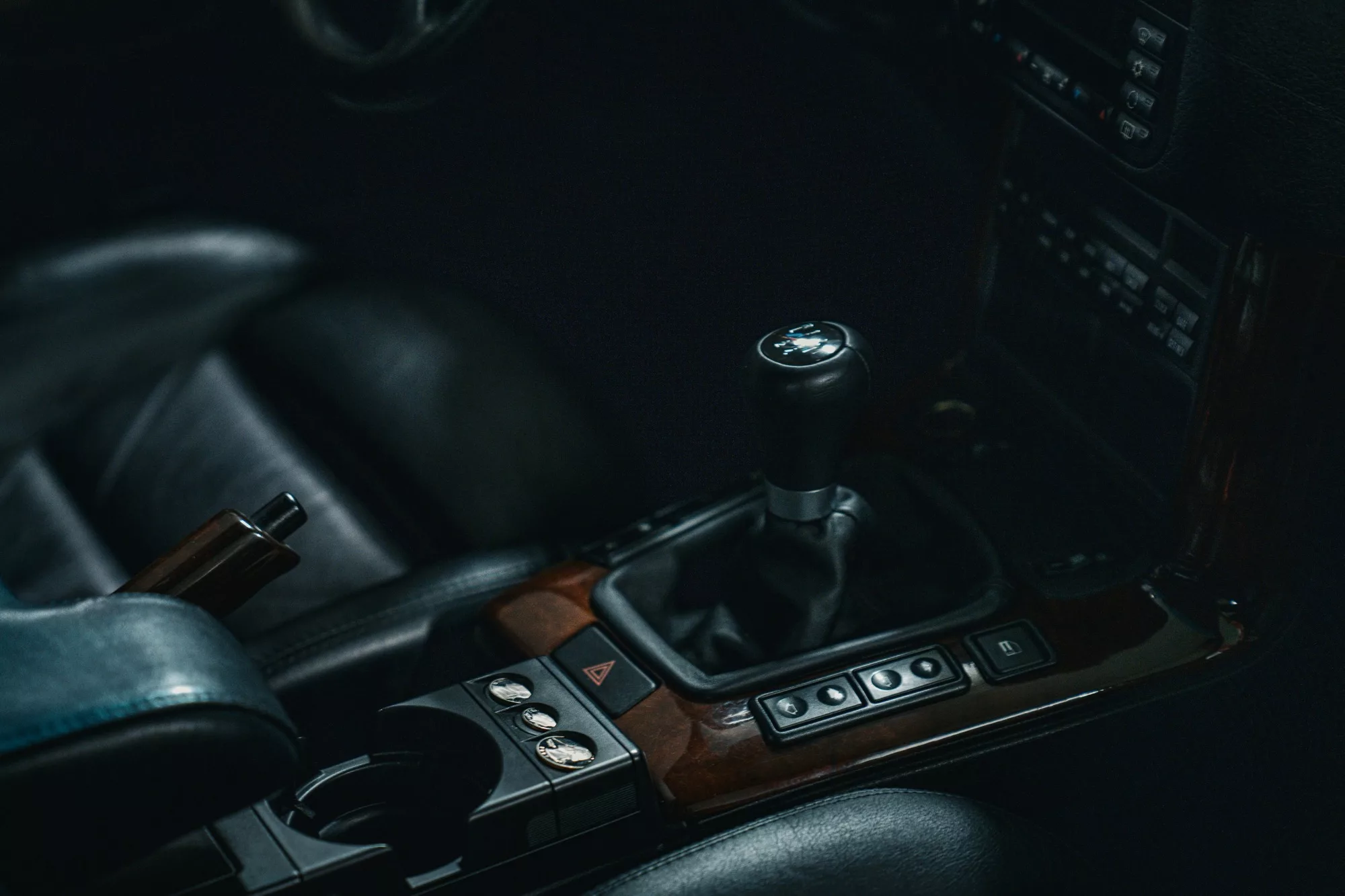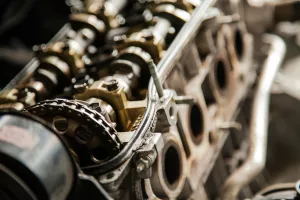In the age of advanced technology and convenience, the majority of cars on the road now feature automatic transmissions. They’re easy to drive, require minimal input from the driver, and are ideal for navigating busy city traffic. Yet, despite the widespread adoption of automatic transmissions, a significant number of drivers continue to prefer manual cars—vehicles that require the driver to manually change gears using a clutch and gearstick.
For many, the appeal of manual cars lies in the control, engagement, and sense of connection they provide between the driver and the vehicle. Others appreciate their mechanical simplicity, cost-effectiveness, and performance advantages. This article explores why some people remain loyal to manual cars despite the dominance of automatics, diving into the practical, emotional, and cultural factors that make stick-shift vehicles so beloved.
What Is a Manual Transmission?
A manual transmission, often referred to as a “stick shift,” requires the driver to manually engage and disengage the clutch and shift gears to control the vehicle’s speed and power. The transmission system connects the engine to the wheels, allowing the driver to adjust the car’s performance based on road conditions and driving needs.
In contrast, an automatic transmission handles gear changes without driver input, using a hydraulic system or advanced electronics to manage the process. While automatics are undoubtedly more convenient, the manual transmission offers a level of involvement and precision that appeals to many driving enthusiasts.
Reasons Why Some People Prefer Manual Cars
The preference for manual cars is driven by a combination of practical benefits, emotional factors, and driving habits. Here are some of the key reasons why people choose stick-shift vehicles over automatics:
1. Greater Control Over the Vehicle
One of the primary reasons people prefer manual cars is the control they provide. With a manual transmission, the driver has direct input over gear changes, allowing them to adjust the car’s performance for specific driving conditions. This is particularly valuable in scenarios such as:
- Driving on slippery roads: A manual transmission allows drivers to downshift and use engine braking, reducing reliance on the brakes and providing better traction.
- Steep inclines: Drivers can control the car’s power more precisely when climbing or descending hills.
- High-performance driving: Enthusiasts appreciate the ability to fine-tune their car’s performance during spirited drives or on racetracks.
This level of control is especially appealing to experienced drivers who enjoy the challenge and precision of managing a manual transmission.
2. Enhanced Driving Engagement
For many, driving a manual car is a more engaging experience. The need to coordinate clutch and gearstick movements creates a sense of connection between the driver and the vehicle. Unlike automatics, which handle gear changes seamlessly, manuals require active involvement, turning driving into a skillful and rewarding activity.
Driving enthusiasts often describe stick-shift cars as “fun” because they demand attention and provide immediate feedback. The rhythmic process of shifting gears, hearing the engine’s response, and feeling the car’s acceleration creates a sense of immersion that automatic transmissions can’t replicate.
3. Cost-Effectiveness
Manual cars are often more affordable than their automatic counterparts, both in terms of upfront cost and long-term maintenance. Here’s why:
- Lower purchase price: Cars equipped with manual transmissions are generally cheaper to manufacture, and this cost savings is passed on to the buyer.
- Simpler mechanics: Manual transmissions have fewer complex components, such as hydraulic systems or computer modules, reducing the likelihood of costly repairs.
- Fuel efficiency: In certain situations, manual cars can be more fuel-efficient than automatics, particularly older automatic models that lack modern efficiency features.
For budget-conscious drivers, these cost advantages make manuals an attractive option.
4. Performance Benefits
Manual transmissions are often favored by those who prioritize performance. They provide better control over engine power and torque, which can lead to quicker acceleration and more dynamic driving. This is particularly evident in sports cars and high-performance vehicles, where precise gear changes are essential for achieving maximum speed and responsiveness.
Additionally, manuals allow drivers to “heel-and-toe” shift, a technique used in racing to match engine speed with wheel speed during downshifts. This level of control and customization is a key reason why many enthusiasts prefer manual transmissions.
5. Reliability and Durability
Manual transmissions are known for their reliability. Because they have fewer electronic components and rely on straightforward mechanical systems, they are less prone to failure compared to automatics. With proper maintenance, a manual transmission can last for hundreds of thousands of miles.
For drivers who prioritize long-term dependability, the simplicity of a manual transmission is a significant advantage. It’s also worth noting that repairs, when needed, are typically less expensive than those for automatic transmissions.
6. Fuel Economy (In Some Cases)
While modern automatics have closed the gap in fuel efficiency, manual transmissions still offer better fuel economy in certain situations. This is particularly true for older vehicles or those without advanced automatic technologies like continuously variable transmissions (CVTs).
For drivers who value efficiency and want more control over their fuel consumption, a manual transmission can provide a slight edge.
7. Theft Deterrence
While not a primary reason for choosing a manual car, the fact that fewer people know how to drive stick can act as a theft deterrent. Many would-be car thieves lack the skills to operate a manual transmission, making stick-shift cars less attractive targets.
Emotional and Cultural Appeal of Manual Cars
Beyond the practical benefits, the preference for manual cars is often rooted in emotional and cultural factors. For many drivers, stick-shift vehicles represent a sense of tradition, skill, and authenticity that automatics lack.
1. A Sense of Tradition
Manual cars have a long history in automotive culture, and for many enthusiasts, they represent the “pure” driving experience. Learning to drive stick is seen as a rite of passage, a skill that connects drivers to the early days of motoring. This sense of tradition is particularly strong among classic car enthusiasts and those who appreciate the craftsmanship of older vehicles.
2. The Joy of Mastery
Driving a manual car requires coordination, timing, and practice. For those who enjoy mastering new skills, this challenge is part of the appeal. Successfully executing smooth gear changes, perfecting heel-and-toe downshifting, or navigating challenging terrain with precision provides a sense of accomplishment that automatic transmissions don’t offer.
3. Community and Enthusiast Culture
The manual car community is passionate and tight-knit, with many drivers sharing their love for stick-shift vehicles through forums, car meets, and track events. Owning and driving a manual car can be a way to connect with like-minded enthusiasts and celebrate a shared appreciation for the art of driving.
Challenges of Driving Manual Cars
Despite their many advantages, manual cars are not without challenges. These drawbacks may explain why many drivers prefer automatics:
1. Learning Curve
Learning to drive a manual car can be intimidating, particularly for new drivers. The process of coordinating the clutch, accelerator, and gearstick takes time and practice, and mistakes like stalling can be frustrating.
2. Traffic Fatigue
Driving a manual car in heavy traffic requires constant clutch and gear engagement, which can be tiring and inconvenient. Automatic transmissions are far more convenient for stop-and-go urban driving.
3. Declining Availability
As automatics become the standard, fewer vehicles are being manufactured with manual transmissions. This decline in availability makes it harder for drivers to find new manual cars, particularly in mainstream segments like sedans and SUVs.
Are Manual Cars Still Relevant Today?
While manual transmissions are becoming less common, they remain relevant for certain types of drivers and vehicles:
- Driving Enthusiasts: Sports cars, performance vehicles, and track-focused models continue to offer manual transmissions for those who prioritize driving engagement.
- Budget Buyers: Manuals are often available in entry-level models, providing an affordable option for budget-conscious consumers.
- Off-Road Vehicles: Many off-road enthusiasts prefer manual transmissions for their durability and control on rugged terrain.
Conclusion
Manual cars offer a unique blend of control, engagement, and tradition that continues to appeal to a dedicated group of drivers. While automatics dominate the market due to their convenience and advanced features, manual transmissions remain a favorite among enthusiasts who value the connection and mastery they provide.
For those who enjoy the art of driving, the affordability of maintenance, and the joy of mastering a skill, manual cars hold a special place. While they may be less practical in today’s world of congested cities and advanced automation, their enduring appeal ensures that stick-shift vehicles will continue to be celebrated by driving purists for years to come.




